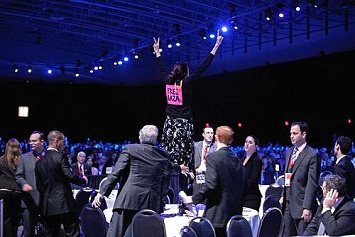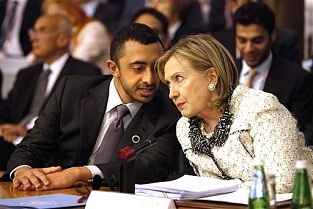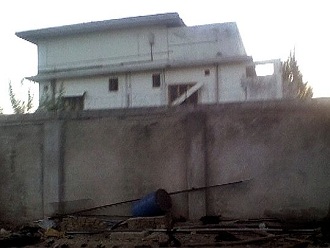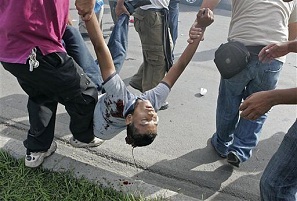AIPAC, a Not-So-Benign Night Flower
Janet McMahon (WRMEA)
Pink Tank
One could be forgiven for thinking that the last three letters of AIPAC stand for “political action committee.” But since the American Israel Public Affairs Committee does not itself make campaign contributions to political candidates, technically it is not a PAC. Curiously, however, the 30-odd “unaffiliated” pro-Israel PACs, most with deceptively innocuous names, all seem to give to the same candidates—almost as if there were a guiding intelligence behind their contributions. In the eyes of the Federal Election Commission, AIPAC is a “membership organization” rather than a political committee. This means that, unlike actual PACs, AIPAC is not required to file public reports on its income and expenditures.
Not for nothing, however, did Fortune magazine once name it the second most powerful lobby in Washington. So it’s easy to understand why, like a night flower that blooms in the dark and dies with the light of day, this particular organization which advances the interests of a foreign government has fought long and hard to ensure that its funding sources and expenditures are not exposed to public scrutiny.
Despite its best efforts, however, unwanted light does occasionally shine on AIPAC’s activities. Most dramatically, perhaps, two of its top operatives, Steve Rosen and Keith Weissman, were indicted on espionage charges in 2005. Four years later federal prosecutors dropped the charges when it became clear that Judge T.S. Ellis’ numerous rulings in favor of the defendants would require the release of sensitive government documents. Rosen then sued his former employer for defamation, claiming that AIPAC routinely dealt in classified information and that he was in no way a rogue employee, as AIPAC had claimed.




























